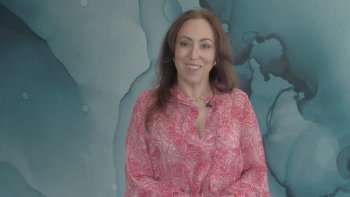
At EyeCon 2024, Analisa Arosemena, MD, discussed the shift away from traditional topical therapies towards more proactive management techniques, aiming to enhance patient outcomes in glaucoma care.

At EyeCon 2024, Analisa Arosemena, MD, discussed the shift away from traditional topical therapies towards more proactive management techniques, aiming to enhance patient outcomes in glaucoma care.
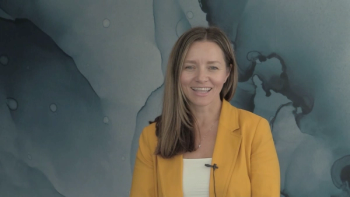
Pediatric optometrist Dr. Magdalena Stec highlights effective treatment options and practical advice for parents to help manage and control myopia in their kids.
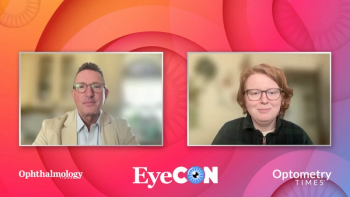
Mark Dunbar, OD, FAAO, emphasizes the critical role optometrists play in the collaborative care of diabetic eye disease.
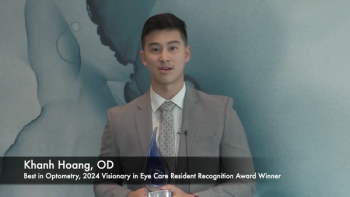
Three resident eye care providers—Khanh Huang, OD; Anupam Garg, MD, PhD; and Shail Patel, MD—were honored with the Visionary in Eye Care award at EyeCon 2024, which recognizes their achievements and contributions during their residency programs.

Adam S. Wenick, MD, PhD, discussed myopia interventions across the lifespan at EyeCon 2024, covering treatments, complications, and prevention strategies.

Dr. David Chin Yee describes how to spot early signs of geographic atrophy and explores promising new therapies that may slow progression and improve vision.

At this year’s EyeCon, Dr. Adam Ramsey shared his passion for integrating the latest advancements in optometry into practice.
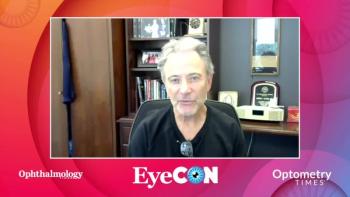
Ultimately, the goal is to help optometrists better understand which cases require urgent or emergent attention versus those that are more benign and can be managed over time.

At EyeCon 2024, Dr. Adam S. Wenick led a symposium on geographic atrophy, covering diagnosis, FDA-approved treatments, and key clinician considerations through case presentations by Dr. Leonard Messner.
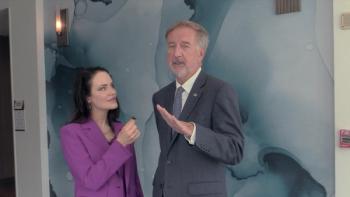
Peter J. McDonnell, MD, and Laura M. Periman, MD, discussed innovations in treating ocular surface conditions, emphasizing patient-centered care and interdisciplinary collaboration.
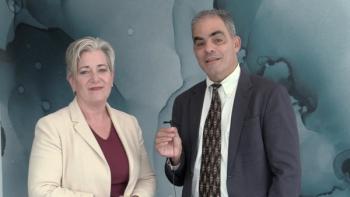
Kelly K. Nichols, OD, MPH, PhD, FAAO, and A. Paul Chous, OD, MA, FAAO, co-chairs of EyeCon 2024, discussed the first day of the conference, which featured talks on thyroid eye disease, refractive technologies, and red flags in patient care.
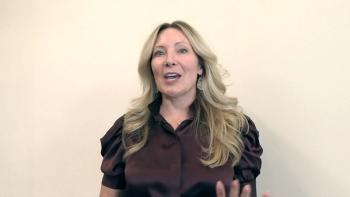
The Vision Council Foundation provides unbiased vision care information for consumers, addresses workforce shortages through scholarship programs, and provides free educational resources for eye care providers.
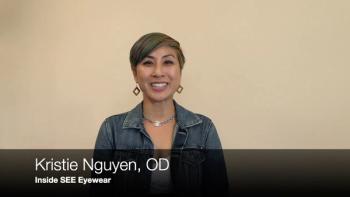
Dr. Kristie Nguyen shares her favorite parts of Vision Expo West 2024 and shares her excitement for the relocation of Vision Expo East for 2025.

Easy Anayama offers tips and tricks for leveraging AI in your practice.
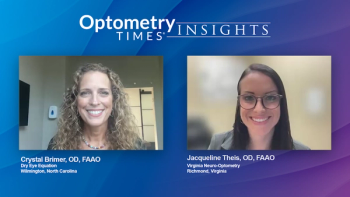
Medical experts discuss treating neuropathic corneal conditions.

Medical experts discuss management of dry eye.
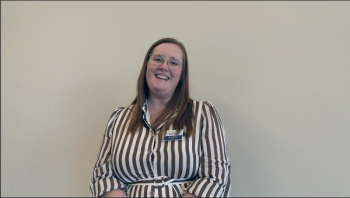
The Vision Council frequently releases research surrounding trends in various facets of the eye care industry, and Vice President of Research and Insights Alysse Henkel shares some highlights of recent reports.
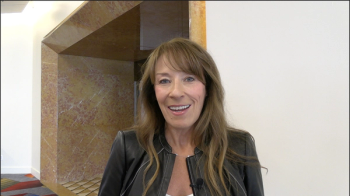
Michele Andrews, OD, shares 3 pillars of a successful practice.
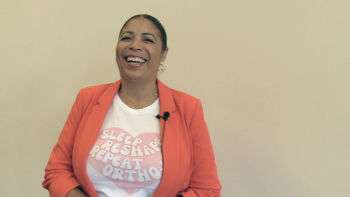
Dr. Glenda Aleman discusses the importance of diversity in practices and how Latinos en Optometry is attracting more Latinos to the industry.
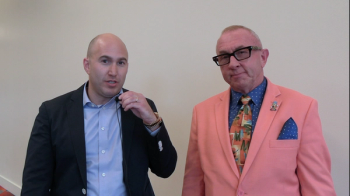
The Contact Lens Institute unveiled a preview of their data on contact lens patient retention at Vision Expo West. The full report will be released later this year.
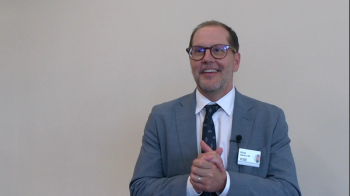
Dr. Ferrucci summarizes his Vision Expo West presentations and shares clinical pearls for managing retinal cases.
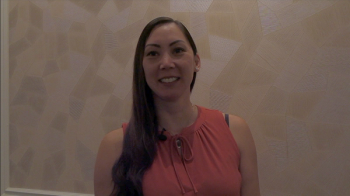
Sabrina Gaan, OD, shares some of her most-used devices in her dry eye clinic and what helped her most in growing her specialized care.
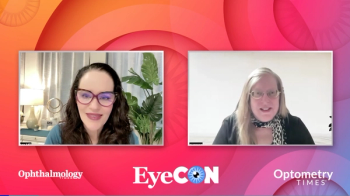
Laura M. Periman, MD, honorary chair of EyeCon 2024, shares her passion for dry eye disease, discussing her discovery of the Alpenglow Sign in Demodex blepharitis and her insights on research and education for clinicians.
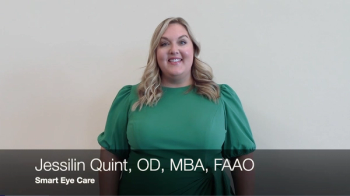
Her three presentations, "The Business of Contact Lens," "Blueprint for Success: How to Start a Dry Eye Clinic," and "Unveiling Uveitis" were given at this year's Vision Expo West.
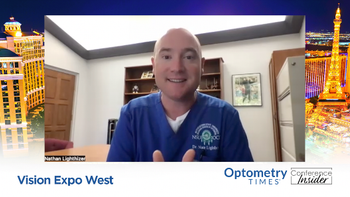
Nathan Lighthizer, OD, FAAO, chats about his various Vision Expo West presentations, including an injections workshop, swollen optic nerve course, and new technology case competition.
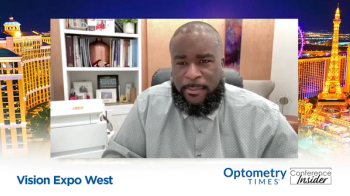
Adam Ramsey, OD, weighs in on the importance of authenticity when developing a social media following.

Jeffry Gerson, OD, FAAO, gives his golden rules on retinal management in two presentations.
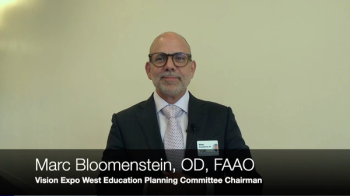
Marc Bloomenstein, OD, FAAO, gives inside scoop into some of the most exciting education opportunities at Vision Expo West, including the conference's "Case Files" series.
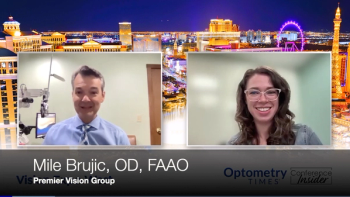
Mile Brujic, OD, FAAO, outlines the essentials to starting a speciality contact lens practice, including speciality competency and accessing resources.

Medical experts discuss management of common corneal conditions.